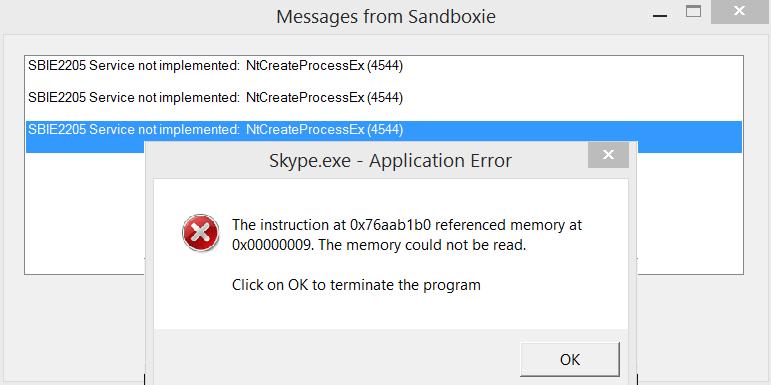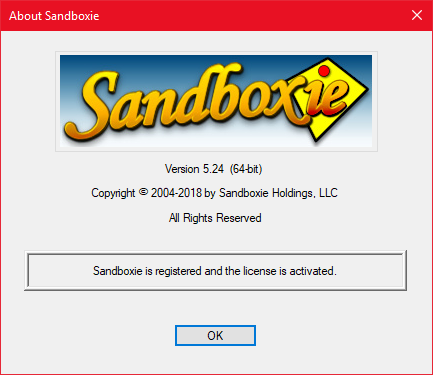
 Attempted restoration from a location where either the user, the application or the QuickBooks Database Server does not have "full access/control" rights. Attempted restoration to a damaged directory/folder.
Attempted restoration from a location where either the user, the application or the QuickBooks Database Server does not have "full access/control" rights. Attempted restoration to a damaged directory/folder.  Attempted restoration from a damaged directory/folder. Attempted restoration across a network to a drive on a distant machine. Attempted restoration from a remote location drive, rather than a local drive. Attempted restoration from a flash drive or other portable drive connected via a USB cable. Causes in regard to the inability to restore QuickBooks Portable or Accountant Copy files include, but are not limited to: Now that we understand who's trying to play in our sandbox, let's look at the causes of these errors. This "sandbox" feature is a security mechanism commonly used in computer security and programmatic testing, so as to isolate untested programs, data or code changes yet to be verified from valid programs, data or code. At the end of the process, the temporary file is tested to insure the integrity of the file prior to being moved to the final location (where it might overwrite/replace the current file.) In order to prevent issues like this, Intuit uses a temporary location, known as a "sandbox," in which the restoration takes place.
Attempted restoration from a damaged directory/folder. Attempted restoration across a network to a drive on a distant machine. Attempted restoration from a remote location drive, rather than a local drive. Attempted restoration from a flash drive or other portable drive connected via a USB cable. Causes in regard to the inability to restore QuickBooks Portable or Accountant Copy files include, but are not limited to: Now that we understand who's trying to play in our sandbox, let's look at the causes of these errors. This "sandbox" feature is a security mechanism commonly used in computer security and programmatic testing, so as to isolate untested programs, data or code changes yet to be verified from valid programs, data or code. At the end of the process, the temporary file is tested to insure the integrity of the file prior to being moved to the final location (where it might overwrite/replace the current file.) In order to prevent issues like this, Intuit uses a temporary location, known as a "sandbox," in which the restoration takes place. 
In other words, replace the existing file with the portable only to find out something went wrong and your existing Company file now is corrupted and the Portable file isn’t working. You wouldn’t want to attempt to restore a Portable Company file over your existing Company file. This actually is a good thing – when it works. Intuit has chosen to make a temporary version of a QuickBooks file while the restore process is going on. But let’s look at what this mysterious "sandbox" message actually refers to. There can be a number of causes of this issue. QuickBooks Desktop users have reported problems of this nature when attempting to either restore a QuickBooks Portable-file Copy to a QuickBooks Company file, or when attempting to restore an Accountant’s Copy file from their clients to an Accountant’s Working Copy of the file.







 0 kommentar(er)
0 kommentar(er)
